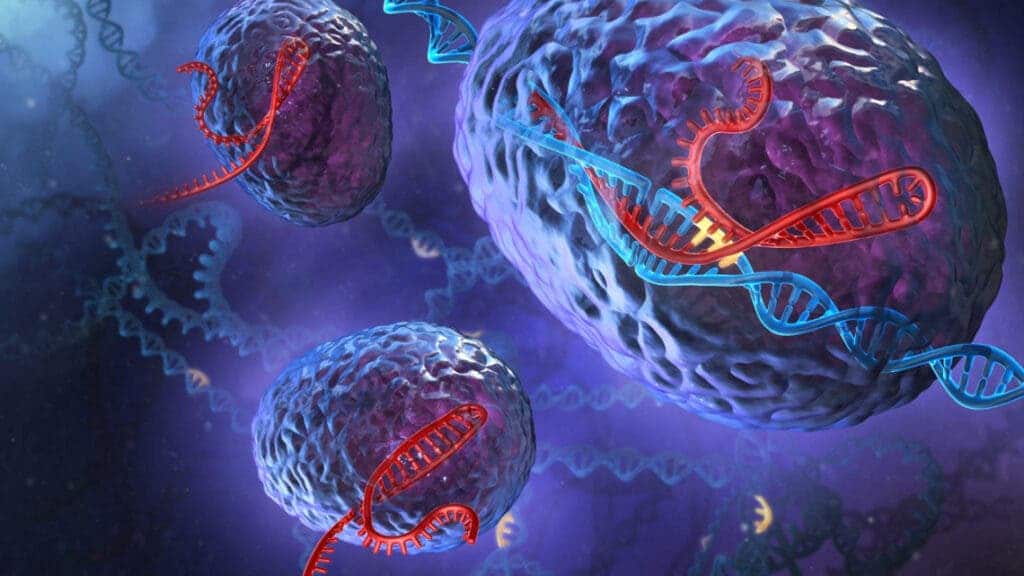“What we learn from our study is that, in general, viruses have major roles in driving evolution,” one researcher explained. “In the long-term, viruses have positive impacts to our genome and shape evolution.”

While the general principles of evolution are fairly straightforward, the details behind the process is immensely complex. What if someone told you, for instance, that viruses help fine-tune evolution; that these dreaded organisms that aren’t really organisms can help push the survival of a species? As weird as it sounds, that’s one takeaway from the two studies published by the Cincinnati Children’s Perinatal Institute and at Azabu University in Japan.
The scientists looked at lab mice and human sex cells, or to be more precise, at the germline cells — the cells that form the egg, sperm, and the fertilized egg that pass on their genetic material to the progeny (offspring).
Specifically, they looked at the set of all RNA of these sex cells, something called transcriptomes.
These transcriptomes contained either the male or the female half of chromosomes passed on as genetic materials when species mate. In other words, they define the unique character of sperm and egg as they pass on genetic information to the next generations.
The two published papers look at some of the processes behind these transcriptomes. Satoshi Namekawa, principal investigator on both papers, combined biological testing of mouse models and human germline cells with computational biology to see how genes are produced and reorganized following sexual reproduction. He found that a key element in this process is something called super-enhancers.
“One paper, Maezawa and Sakashita et al., explores super-enhancers, which are robust and evolutionally conserved gene regulatory elements in the genome. They fuel a tightly regulated burst of essential germline genes as sperm start to form,” Namekawa said.
Super-enhancers are regulated by two molecules that act as gene control switches. This is where the second study comes in, Namekawa explains.
“The second study, Sakashita et al., involves endogenous retroviruses that act as another type of enhancer – gene regulatory elements in the genome – to drive expression of newly evolved genes. This helps fine tune species-specific transcriptomes in mammals like humans, mice, and so on.
Endogenous retroviruses are normal components of the human genome and account for around 8% of our DNA — in fact, they account for over 5% of many mammals’ DNA. Also referred to as “jumping genes”, these retroviruses have traditionally been considered threats because they can disrupt some genes. However, over the past few decades, researchers have found that these viruses can actually act as regulatory elements for our genome.
This is exactly what Namekawa and colleagues have found. Endogenous retroviruses can help fine-tune transcriptomes, essentially helping a species’ evolution and diversity.
Super-enhancer switching drives a burst in gene expression at the mitosis-to-meiosis transition, Nature Structural & Molecular Biology, DOI: 10.1038/s41594-020-0488-3


